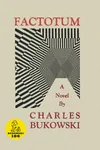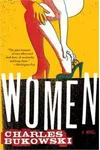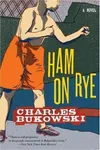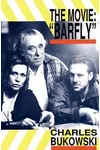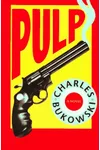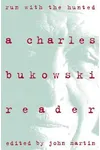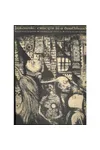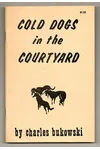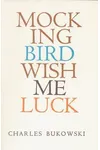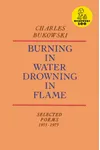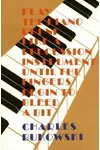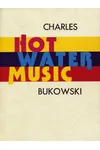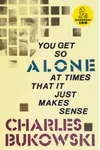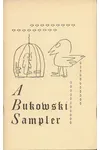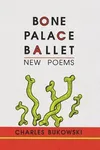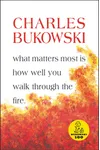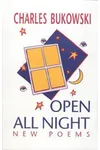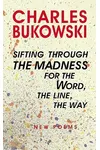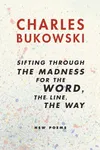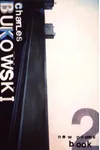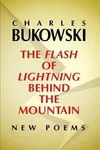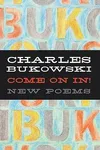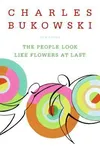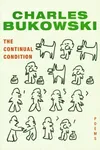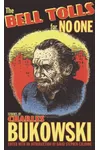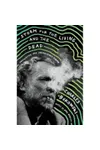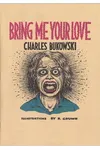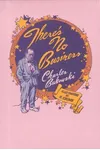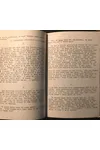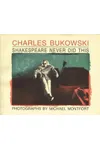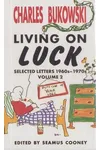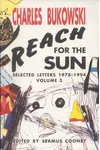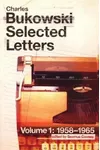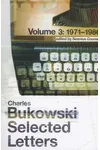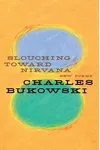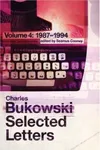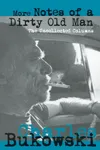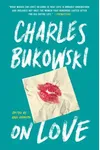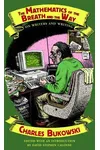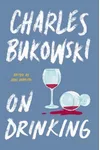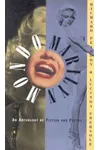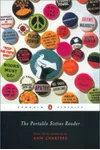Picture a gritty American poet who turned the underbelly of life into raw, unforgettable stories—meet Charles Bukowski! Born in 1920, this novelist and poet captured the struggles of the down-and-out with a voice so honest it still echoes today. His semi-autobiographical tales, often starring his alter ego Henry Chinaski, dive into alcoholism, love gone wrong, and the search for meaning in a rough world.
With a cult following that grows even now, decades after his death in 1994, Bukowski’s work feels like a late-night chat with a friend who’s seen it all. Ready to explore the life and words of this literary rebel? Let’s dive in!
The Making of Charles Bukowski
Born Heinrich Karl Bukowski in Andernach, Germany, on August 16, 1920, Charles immigrated to Los Angeles with his family at age two. Growing up in the Great Depression, he faced a tough childhood marked by poverty, an abusive father, and crippling acne that left him an outsider. These early struggles shaped his raw, no-filter perspective. After dropping out of college, Bukowski drifted through odd jobs—dishwasher, post office clerk—while writing poetry and short stories. His first published story, Aftermath of a Lengthy Rejection Slip, appeared in 1944, but success was a slow burn.
Charles Bukowski’s Unforgettable Stories
Bukowski’s writing is like a punch you didn’t see coming—gritty, honest, and oddly beautiful. His style, often called “dirty realism,” blends stark prose with dark humor and a touch of tenderness. His alter ego, Henry Chinaski, stars in many works, embodying Bukowski’s own battles with booze, women, and society’s fringes. Key works include Post Office (1971), a novel about Chinaski’s soul-crushing years as a postal worker, and Ham on Rye (1982), a coming-of-age tale that lays bare his brutal youth.
His poetry, like the collections Love Is a Dog from Hell (1977) and The Last Night of the Earth Poems (1992), captures fleeting moments of beauty amid despair. Bukowski didn’t shy away from the ugly—his themes of addiction, loneliness, and defiance resonate with readers who feel like outsiders. With over 60 books, his output was staggering, each piece a raw slice of his soul.
Why Charles Bukowski Matters
Bukowski’s impact goes beyond his pages. He gave a voice to the marginalized, inspiring writers like Raymond Carver and musicians like Tom Waits. His unpolished style challenged literary norms, making poetry and prose feel accessible to everyday people. Today, his work lives on in film adaptations like Barfly (1987) and a devoted fanbase that tattoos his lines on their skin. Bukowski showed us that beauty can hide in the messiest corners of life.
- About Charles Bukowski
- Born: August 16, 1920, in Andernach, Germany
- Died: March 9, 1994, in San Pedro, California
- Key Works: Post Office, Ham on Rye, Love Is a Dog from Hell
- Notable Film: Barfly (1987), based on his life
Grab Ham on Rye or a poetry collection like Love Is a Dog from Hell and dive into Bukowski’s raw, real world. You won’t look at life the same way again!

